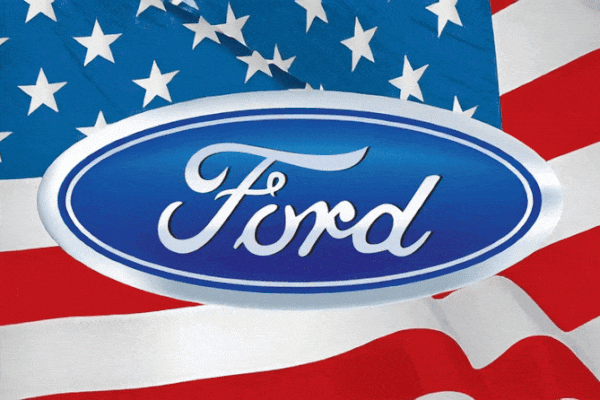In the third quarter of 2025, Amazon (NYSE: AMZN) and Meta Platforms (NASDAQ: META) both delivered strong financial performances.
Amazon reported revenue of $180.2 billion (+12% YoY) and operating income of $17.4 billion, boosted by 20.2% growth in its AWS segment. Meta posted $51.2 billion in total revenue (+26% YoY), a 40% operating margin, and continued momentum in advertising and user engagement across Instagram, Threads, and Facebook.
While the financial headlines were robust, the story lies in both companies’ focus on artificial intelligence.
Amazon emphasized its end-to-end AI stack, which includes infrastructure and custom chips, developer agents, and enterprise workloads anchored in AWS. Meta highlighted progress on foundational model development, unified AI architectures, and compute investments to drive consumer products, advertising optimization, and the future of personalized digital experiences.
Why It Matters: Amazon and Meta offer two blueprints for AI transformation. Amazon is building an enterprise-ready platform through cloud infrastructure and runtime environments (AgentCore). Meta, in contrast, is optimizing for massive consumer engagement by unifying its ad and recommendation engines through large AI models, and front-loading infrastructure to prepare for “personal superintelligence.” However, both firms are prioritizing compute scale, agentic AI, and vertical integration to set new expectations for what future-ready platforms must deliver.
- AI Infrastructure Arms Race: Amazon and Meta are aggressively investing in compute and capacity. Amazon added 3.8 GW of power capacity in the last 12 months and plans to double overall AWS capacity by 2027. Its massive Project Rainier cluster now hosts 500,000 Trainium2 chips, growing to over 1 million by year-end. Meta, meanwhile, is scaling its in-house data centers while also engaging in cloud partnerships, stating that CapEx growth in 2026 will be “notably larger”. Meta is also leveraging off-balance-sheet financing (e.g., with Blue Owl) to stay flexible while preparing for long-term infrastructure demands.
- Custom Silicon and AI Model Strategy: Amazon’s chip strategy is vertically integrated, focused on Trainium2/Trainium3 for AI workloads, with performance claims of 30–40% better price-performance versus competing GPUs. CEO Andy Jassy noted that Trainium is now a multi-billion-dollar business, with broader customer adoption expected in 2026. On the other hand, Meta is less focused on chips and more on unifying AI systems across its family of apps. Its Lattice architecture has consolidated over 100 ad models into generalizable AI systems and supports its $60 billion annual ad run rate.
- Agentic AI, A Shared Vision with Different Applications: Amazon launched a suite of AI agents, including Transform (code migration), Kiro (developer IDE), and Quick Suite (enterprise productivity), with backend orchestration via AgentCore. Meta emphasized agentic frameworks as well, noting that it’s working to unify its AI systems across platforms into a single intelligence layer. CEO Mark Zuckerberg stated, “More than a billion monthly actives already use Meta AI, and we see usage increase as we improve our underlying models.” The companies see agents as the future interface, but Amazon is building infrastructure and enterprise toolkits, while Meta is focusing on user-facing experiences and assistant-like interfaces across its apps.
- Scaling Full-Funnel Intelligence: Advertising remains core to both companies’ revenue. Amazon’s Q3 ad revenue hit $17.6 billion, driven by its DSP expansion and new media partnerships. Amazon’s Creative Studio AI plans and executes creative in hours instead of weeks. Meta’s ad revenue reached $50.1 billion, bolstered by Advantage+, a fully automated AI-driven campaign suite. Over $60 billion in annualized ad spend now flows through Meta’s AI-powered systems, and AI-generated video and music tools are accelerating performance.
- Consumer Experience vs. Enterprise Transformation: Meta is focused on creating AI-native consumer experiences, from Meta AI assistants to its generative media platform Vibes and long-term investments in wearables. Amazon, by contrast, is embedding AI into commerce infrastructure, Amazon Lens, and robotics-driven fulfillment. Amazon’s AI-powered features are boosting conversions with its Rufus assistant and same-day grocery delivery availability. While these enterprises are similarly integrating AI end-to-end, Meta is reshaping user content interaction, while Amazon is transforming logistics and shopping behaviors.
Go Deeper -> Meta Earnings Report – MarketBeat
Our Latest CIO Field Notes

From Cabin to Cockpit: United’s Digital Strategy Fuels Competitive Edge
Get on the plane, Mr. Fontaine.
Trusted insights for technology leaders
Our readers are CIOs, CTOs, and senior IT executives who rely on The National CIO Review for smart, curated takes on the trends shaping the enterprise, from GenAI to cybersecurity and beyond.
Subscribe to our 4x a week newsletter to keep up with the insights that matter.








